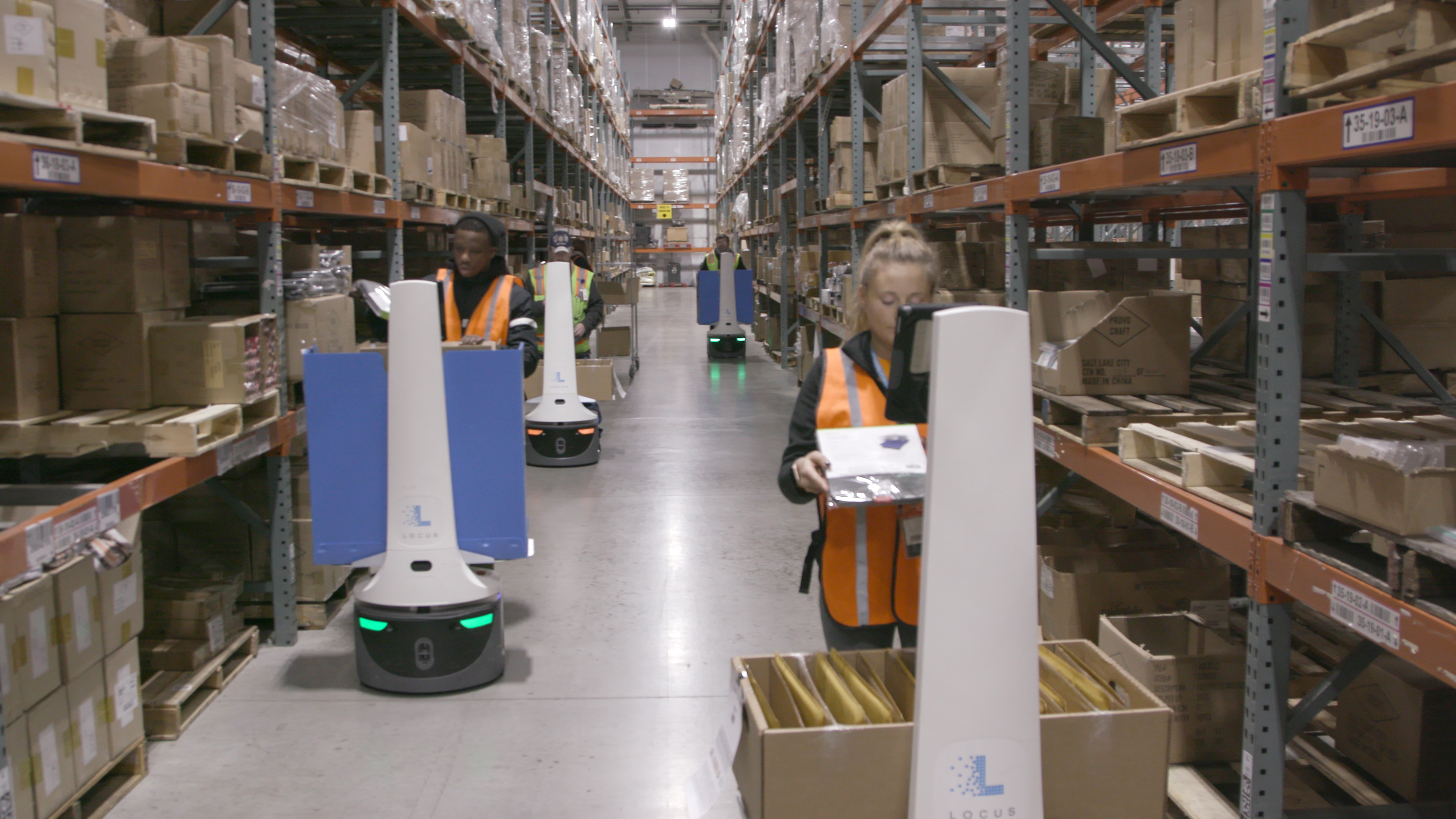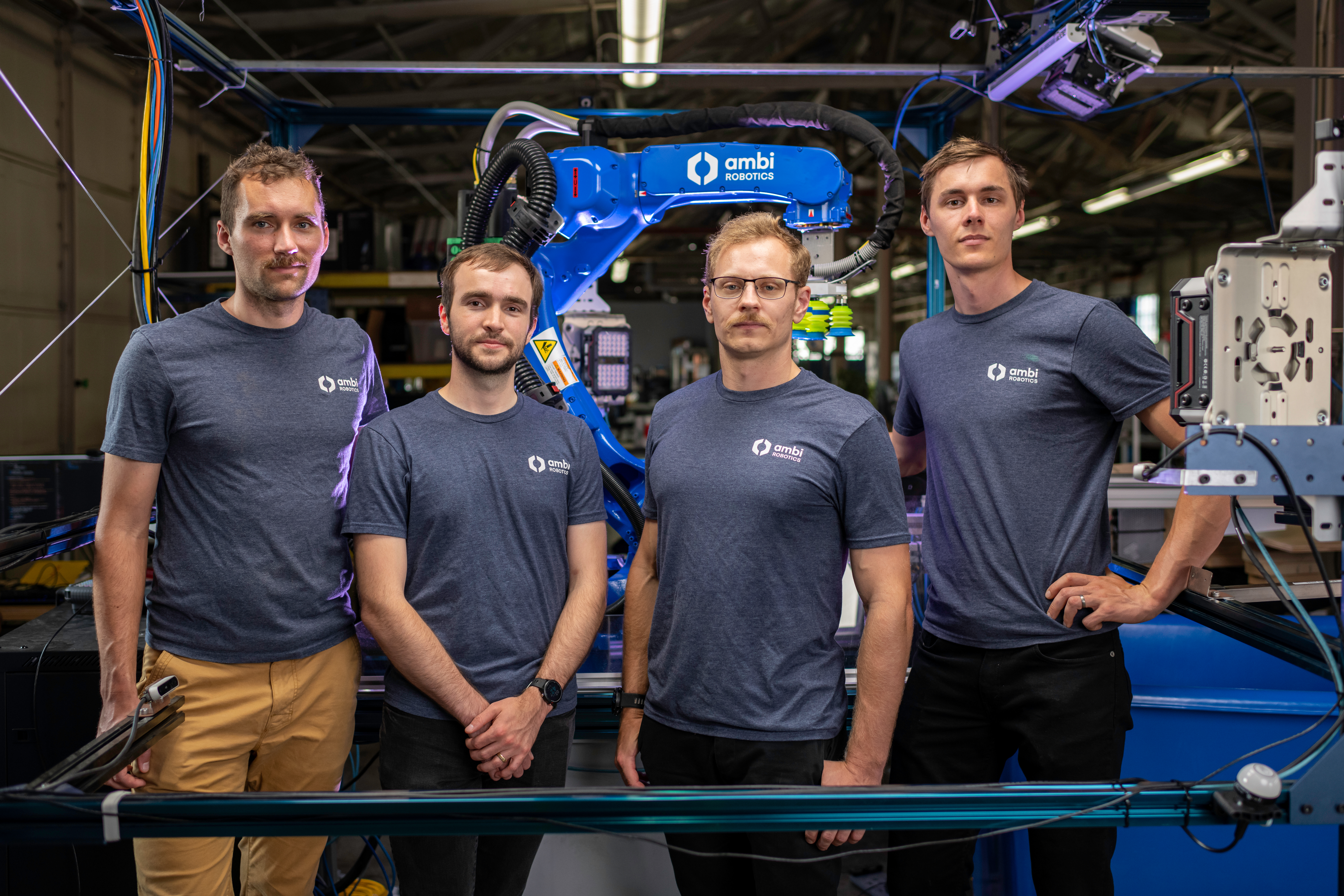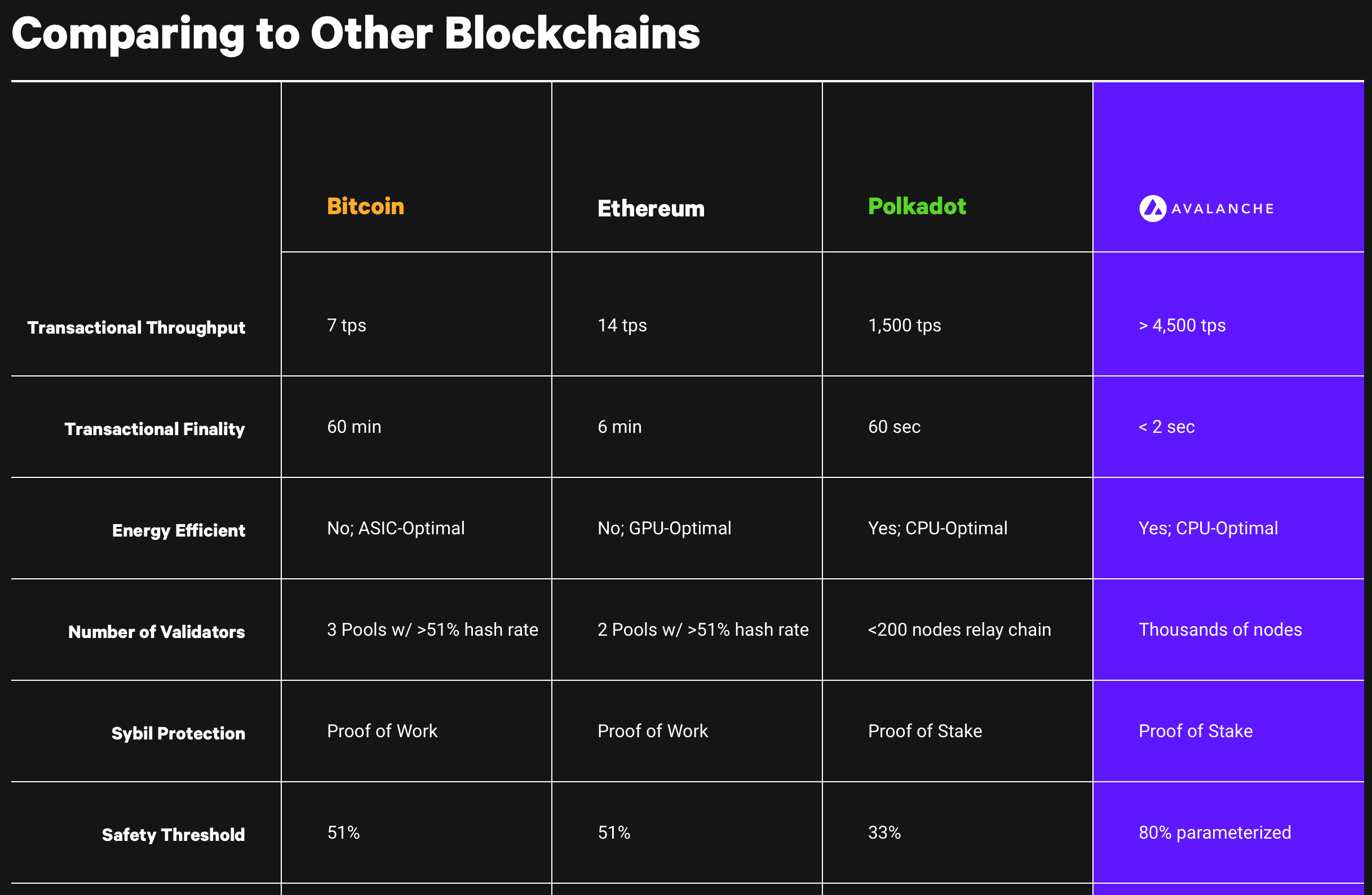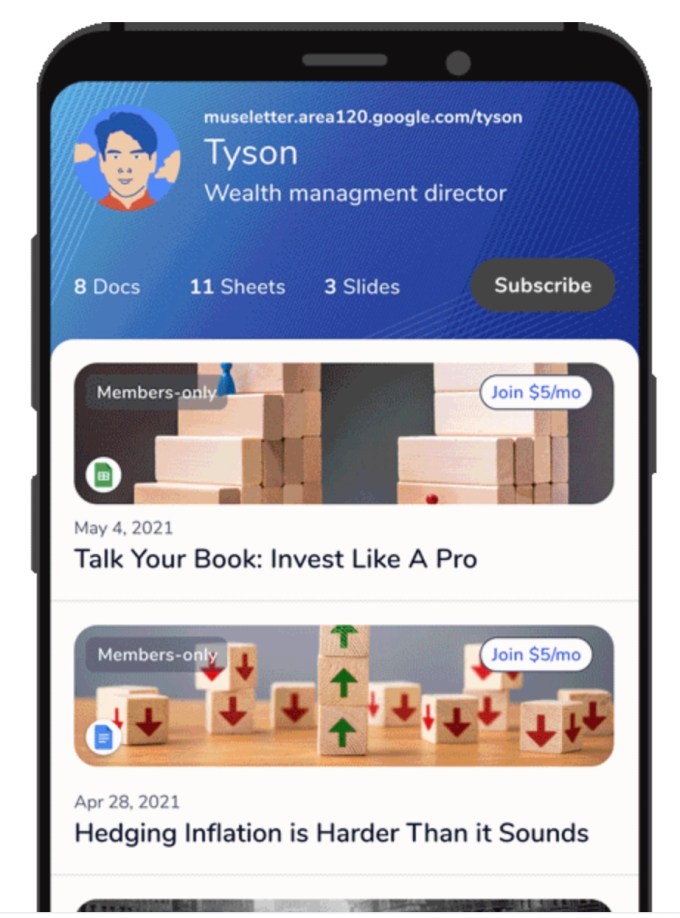News: Don’t miss the Startup Alley Crawls at Disrupt next week
It’s coming down to the wire folks. TechCrunch Disrupt 2021 — our flagship global event — takes over the internet on September 21-23. More than 10,000 people will attend to learn about the latest tech and investment trends from iconic leaders, founders and VCs. They’ll network and connect to build game-changing startups. Time to get
It’s coming down to the wire folks. TechCrunch Disrupt 2021 — our flagship global event — takes over the internet on September 21-23. More than 10,000 people will attend to learn about the latest tech and investment trends from iconic leaders, founders and VCs. They’ll network and connect to build game-changing startups.
Time to get on board: It costs less than $100 to attend TechCrunch Disrupt until this Monday. Purchase your pass now to save yourself some money. You can check out the Disrupt agenda here and then go grab your ticket.
The heart of every Disrupt — even our virtual incarnations — is Startup Alley. It’s where hundreds of innovative startups exhibit their products, platforms and services. It’s where investors look for portfolio potential, founders find new customers, tech journalists hunt for stories and everyone finds inspiration.
We’ve created a special series of events to focus on the wide range of talent in Startup Alley. It’s the Startup Alley Crawl — think pub crawl without the remorse. We group exhibitors in Startup Alley by business category, and each business category will have its own dedicated, hour-long crawl.
You might even see some of these exhibitors interviewed live during a Disrupt Desk segment. Sit back in the comfort of your secure, undisclosed location and tune in to learn more about what these companies have to offer.
All Startup Alley exhibitors have their own virtual booth where you can check out their pitch deck, strike up a conversation, schedule a product demo or connect with them via CrunchMatch to set up 1:1 video meetings.
Here’s what Jessica McLean, the director of marketing and communications for Infinite-Compute, a Startup Alley exhibitor at Disrupt 2020, had to say about networking during a virtual conference:
The virtual platform made networking easy. We sent quick introductions, scheduled meetings with investors and other smart people who could add value to our company. A person we connected with at Disrupt is currently helping us with marketing, which is fantastic.
TechCrunch Disrupt 2021 takes place on September 21-30. If you haven’t done so yet, buy your pass now. Pop some corn, pop a pint and join the Startup Alley Crawl — and check out all the other exhibitors, too. You never know what opportunities are waiting there just for you.










